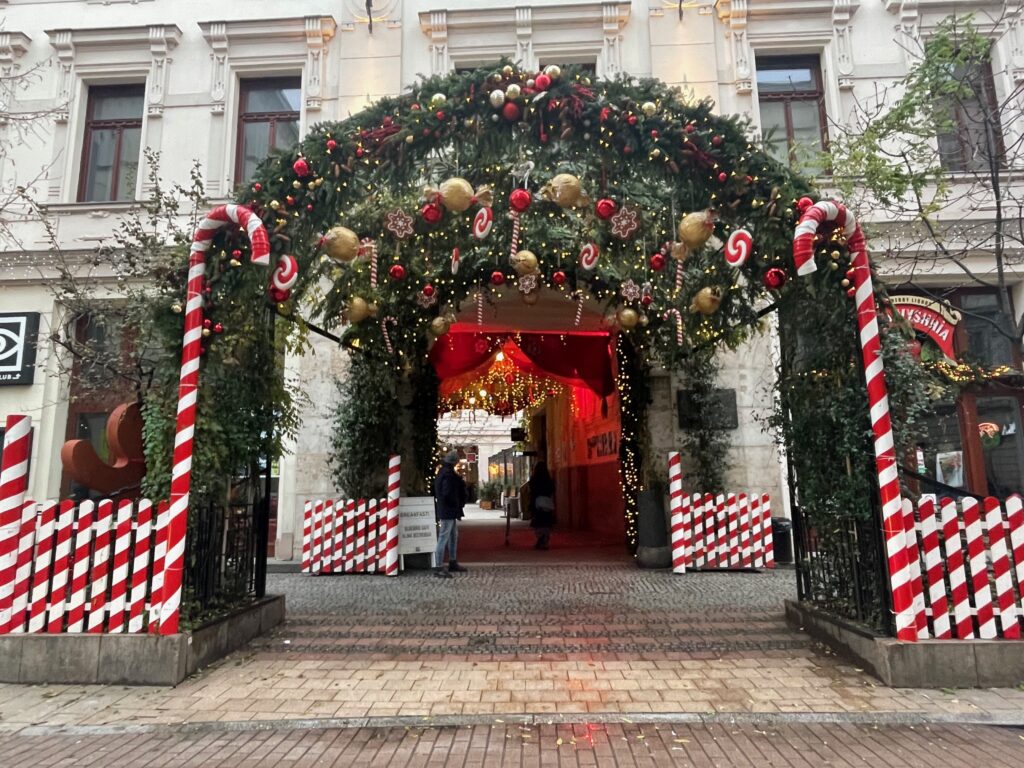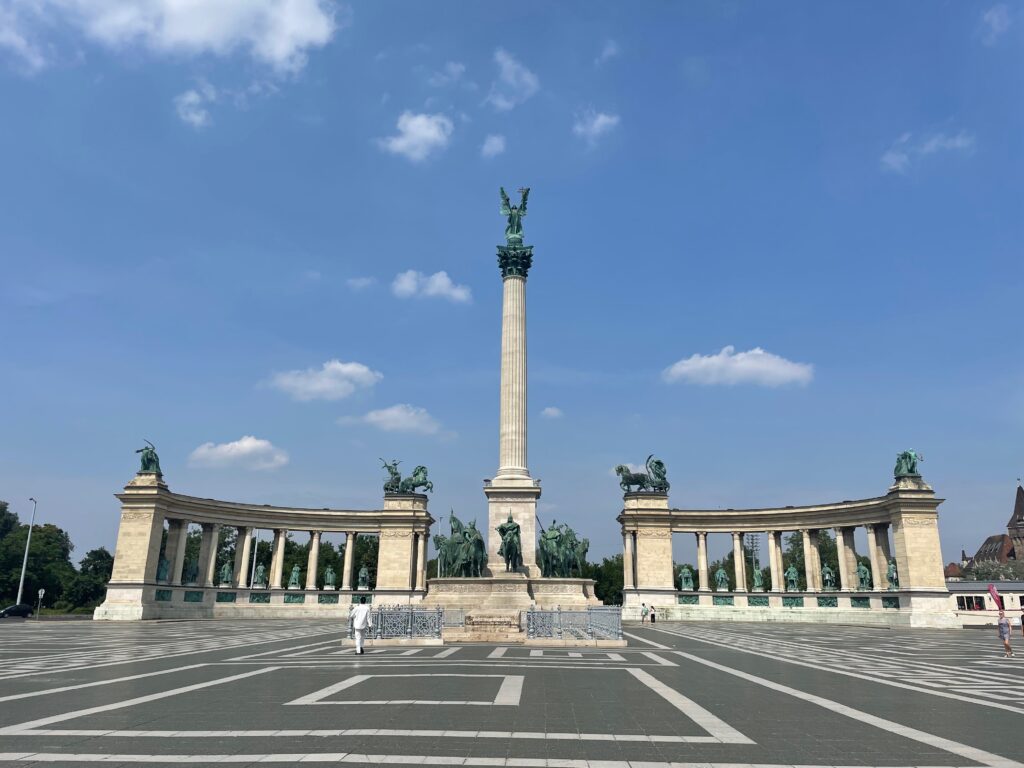I took these images when we were touring the Danube Bend in December a few weeks ago. We were there just in time to see the magic of winter, unfortunately we don’t get too much snow, thus the visit was very special for both me and my travellers.
I took these images when we were touring the Danube Bend in December a few weeks ago. We were there just in time to see the magic of winter, unfortunately we don’t get too much snow, thus the visit was very special for both me and my travellers.
I would like to wish you a very happy new year and hope I’ll see you in Beautiful Budapest in 2024.
These were my most popular tours in 2023, feel free to contact me if you’re interested in booking any of my tours or in creating another one customised to your interests and preferences.

Yes, it’s snowing! Happy Winter from Budapest!
I’m posting a lot about the Fisherman’s Bastion, not only because it’s very unique and beautiful, but also, because this is probably the most popular tourist attraction of Budapest. Thousands of people are taking pictures here every day, sometimes you have to wait in line to get a good spot. The line to buy tickets to go to the upper level – that I highly recommend – is usually long, but you can skip the line buying your tickets online. When time permits I take my travellers to the very top to enjoy the views.
It’s very rare to see the Fisherman’s Bastion deserted, with only a very few people around, but I was lucky this week to be the only one on top of Budapest.
Thank you for all your great reviews and comments, it’s always a pleasure to read your kind words. And, I’m very proud to announce that I just got this very special award from Tripadvisor – Travelers’ Choice 2023.
I’m truly happy and promise to do my best to help you collect the nicest memories while I’m showing you around my Beautiful Budapest. And please keep sharing your comments!

Every year, at the end of August some of the great Hungarian folk artists have a special opportunity to put on display their talent and products: the folk art festival in the Buda Castle district. Visitors can watch and also participate in activities, such as sewing, lace or embroidery making, wood carving and many more. It’s a great occasion to meet local craftsmen and craftswomen, observe their techniques and tricks and also to buy local folk products. I loved the little old ladies teaching me sewing, trust me, they are very patient with visitors much less talented and experienced than they are.
The 20th of August is the only Hungarian national holiday in the summer, celebrations usually go on for days and the city is filled with visitors from all around Hungary and from abroad. The most special attraction every year is the fireworks on the night of the 20th, that can be seen from the banks of the river and the hills around it.
Heroes square truly is the alpha and the omega of all Budapest tours, driving or walking. It’s beautiful, monumental and the entire Hungarian history is on display. It’s the entrance to City Park, where there is so much to do or to see: the Zoo, Széchenyi bathhouse, the open-air ice skating rink, the Vajdahunyad Castle, the city Circus, some museums and great playgrounds for kids. It is very rare to see it as empty and deserted as it was this morning.
